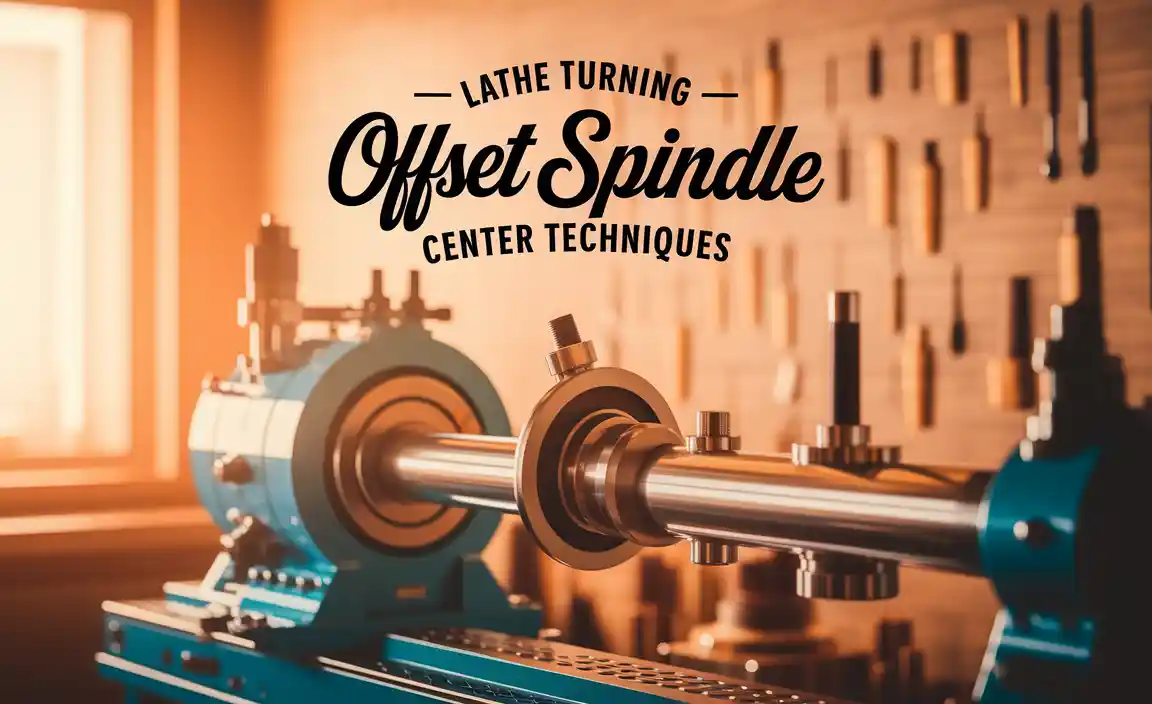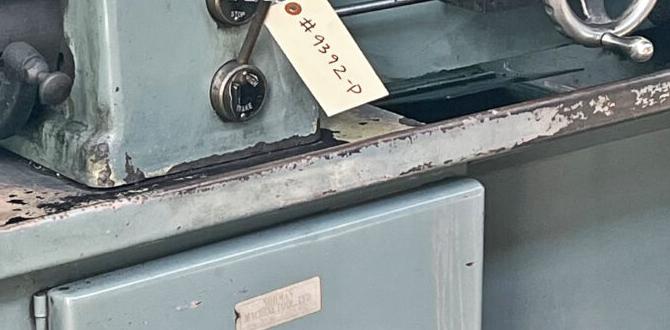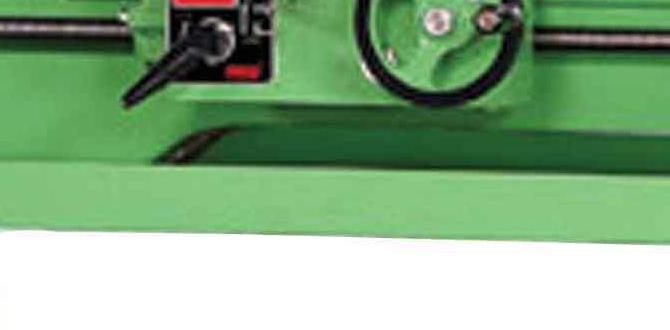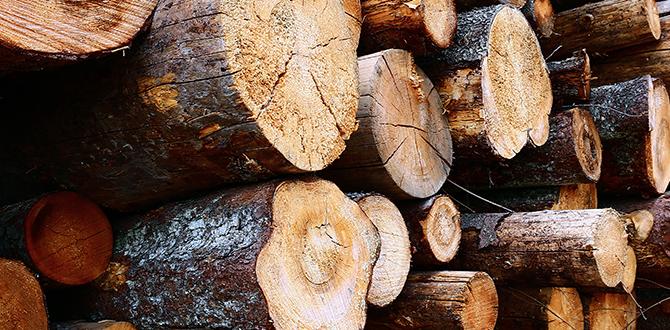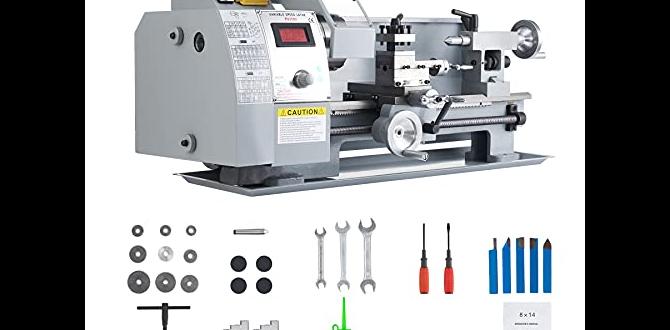A clean workshop is a productive workshop, and for woodturners, achieving and maintaining that cleanliness can be a significant challenge. The fine, powdery dust generated by shaping wood on a lathe can quickly coat every surface, from the lathe bed to your tools and even your clothing. Traditional methods of cleaning, like brushing or vacuuming, often involve a multi-step process that can be time-consuming and less than effective at capturing the smallest particles. This is where a wood lathe dust blower attachment emerges as a game-changer, offering a simple yet remarkably effective solution for effortless cleanup.
Imagine this: you’ve just finished a satisfying turning session. Instead of reaching for a brush that merely redistributes the dust or a shop vac that often proves cumbersome for intricate areas, you engage a small, powerful blast of air. In seconds, the majority of the airborne particles are directed away from your workpiece, your lathe, and your breathing zone. This is the promise of a dust blower, a dedicated attachment designed to tackle the pervasive problem of wood dust head-on.
The Challenge of Wood Lathe Dust
Woodturning, while a rewarding craft, inherently produces a significant amount of dust. The rapid rotation of the wood against the cutting tools creates fine particles that become airborne. This dust isn’t just an aesthetic nuisance; it poses several practical and health concerns.
Firstly, the dust can accumulate on the intricate parts of your lathe, potentially hindering smooth operation and even causing premature wear on components. It can interfere with measurements and make it difficult to see your work clearly. Secondly, and perhaps more importantly, inhaling wood dust can lead to respiratory issues. Different wood species can cause varying degrees of irritation, from mild coughing to more serious allergic reactions and long-term health problems. Effective dust collection and management are therefore not just about workshop tidiness but also about safeguarding your well-being.
How a Wood Lathe Dust Blower Attachment Simplifies Cleanup
The fundamental principle behind a wood lathe dust blower attachment is simple: controlled airflow. These devices are typically powered by a small motor or utilize compressed air to generate a focused stream of air. When strategically positioned near the cutting area, the blower can effectively dislodge and direct dust away from the immediate working zone.
There are several types of dust blower attachments available. Some are designed as direct bolt-on accessories that integrate seamlessly with your lathe. Others might be handheld units that connect to a separate dust collector or compressor. Regardless of the specific design, their core function remains the same – to provide a targeted burst of air precisely where and when you need it.
One of the key advantages is the speed and efficiency. Instead of meticulously brushing away dust after each cut, a quick blast from the blower can clear the immediate work area. This allows for better visibility of your workpiece, enabling more precise cuts and reducing the likelihood of errors caused by obscured detail. It also means less dust settling on your tools and surfaces, reducing the need for frequent, more intensive cleanups.
Benefits Beyond Just Dust Removal
The advantages of incorporating a wood lathe dust blower attachment extend beyond mere tidiness.
Improved Visibility: A clear view of your turning project is paramount for safety and accuracy. Dust accumulation can obscure details, leading to mistakes and potential accidents. The blower keeps the immediate work area clear, allowing you to see your lines, curves, and imperfections with greater clarity.
Reduced Respiratory Irritation: By directing dust away from your breathing zone, a blower can significantly reduce the amount of airborne particulate matter you inhale. While it’s not a substitute for a comprehensive dust collection system, it acts as an excellent first line of defense during the turning process itself.
Enhanced Tool Longevity: Fine dust can infiltrate the mechanisms of your lathe and turning tools, leading to increased friction, wear, and ultimately, a shorter lifespan for your equipment. Regular use of a blower can minimize this build-up, contributing to the smooth operation and longevity of your tools.
Streamlined Workflow: The ability to quickly clear dust between cuts or during sanding operations means less interruption to your turning session. This allows for a more fluid and efficient workflow, enabling you to concentrate on the creative aspects of woodturning rather than on constant cleanup.
Targeted Cleaning: Unlike a general-purpose vacuum or brush, a dust blower can precisely target the areas where dust is most problematic. You can direct the airflow to remove dust from specific gouge marks, along the edge of the workpiece, or from the face of the chuck.
Choosing the Right Wood Lathe Dust Blower Attachment
When selecting a wood lathe dust blower attachment, consider a few factors to ensure it meets your needs.
Power Source: Will it run off your lathe’s motor, a separate electrical outlet, or a compressed air source? Ensure compatibility with your existing setup.
Mounting and Adjustability: How easily does it attach to your lathe? Can the nozzle be easily positioned and adjusted to direct airflow effectively? Look for flexible arms or articulated heads.
Airflow Strength and Control: While powerful airflow is desirable, some attachments offer variable speed or intensity, allowing you to fine-tune the blast for different tasks.
* Durability and Construction: Opt for attachments made from robust materials that can withstand the workshop environment and the rigors of continuous use.
Conclusion
for any serious woodturner, a wood lathe dust blower attachment is an investment that pays dividends in terms of a cleaner, safer, and more efficient workshop. It transforms the often-tedious task of dust management into a quick, almost effortless process, allowing you to focus your energy on the artistry of woodturning. By embracing this simple yet effective technology, you can spend less time cleaning and more time creating beautifully turned pieces.


